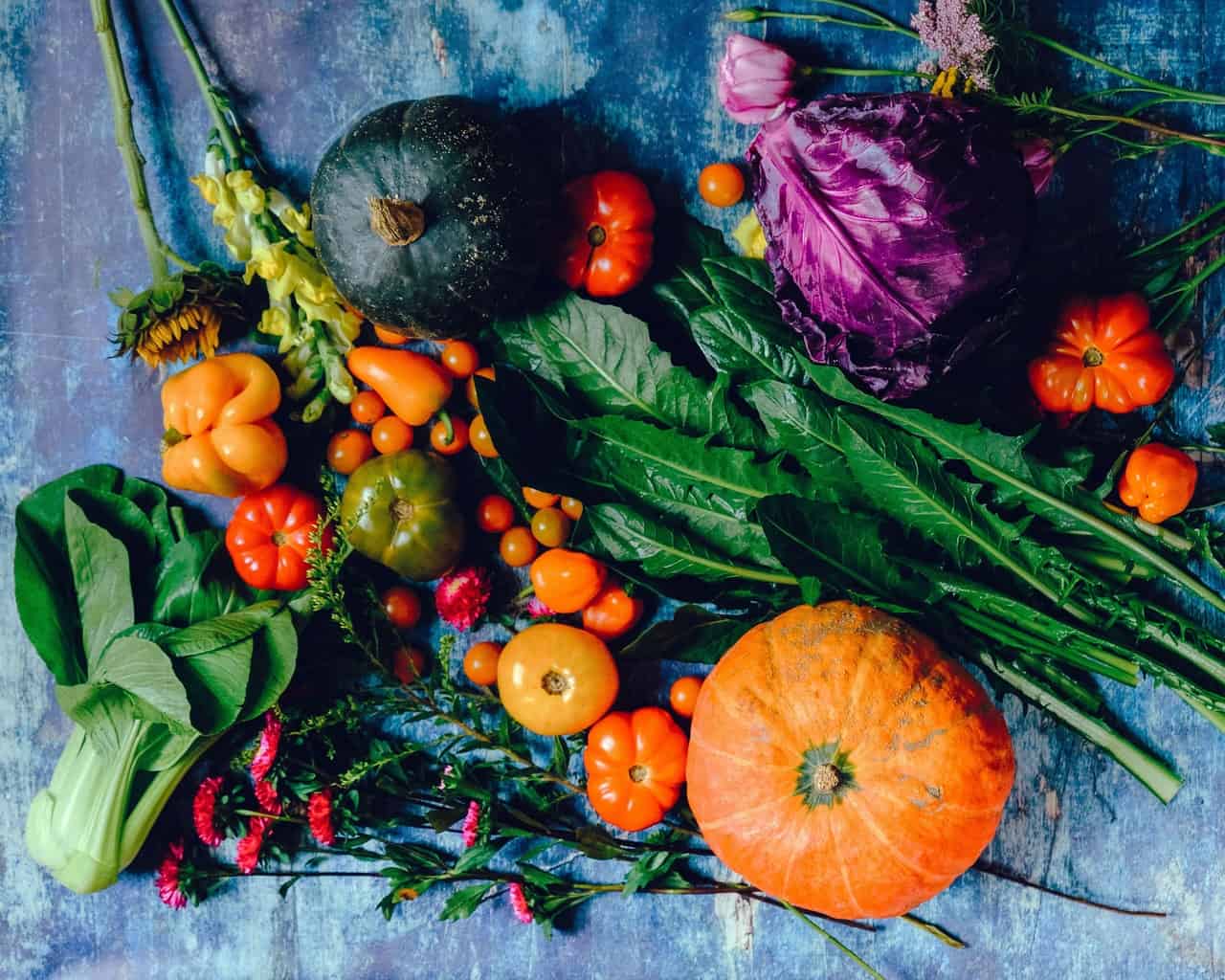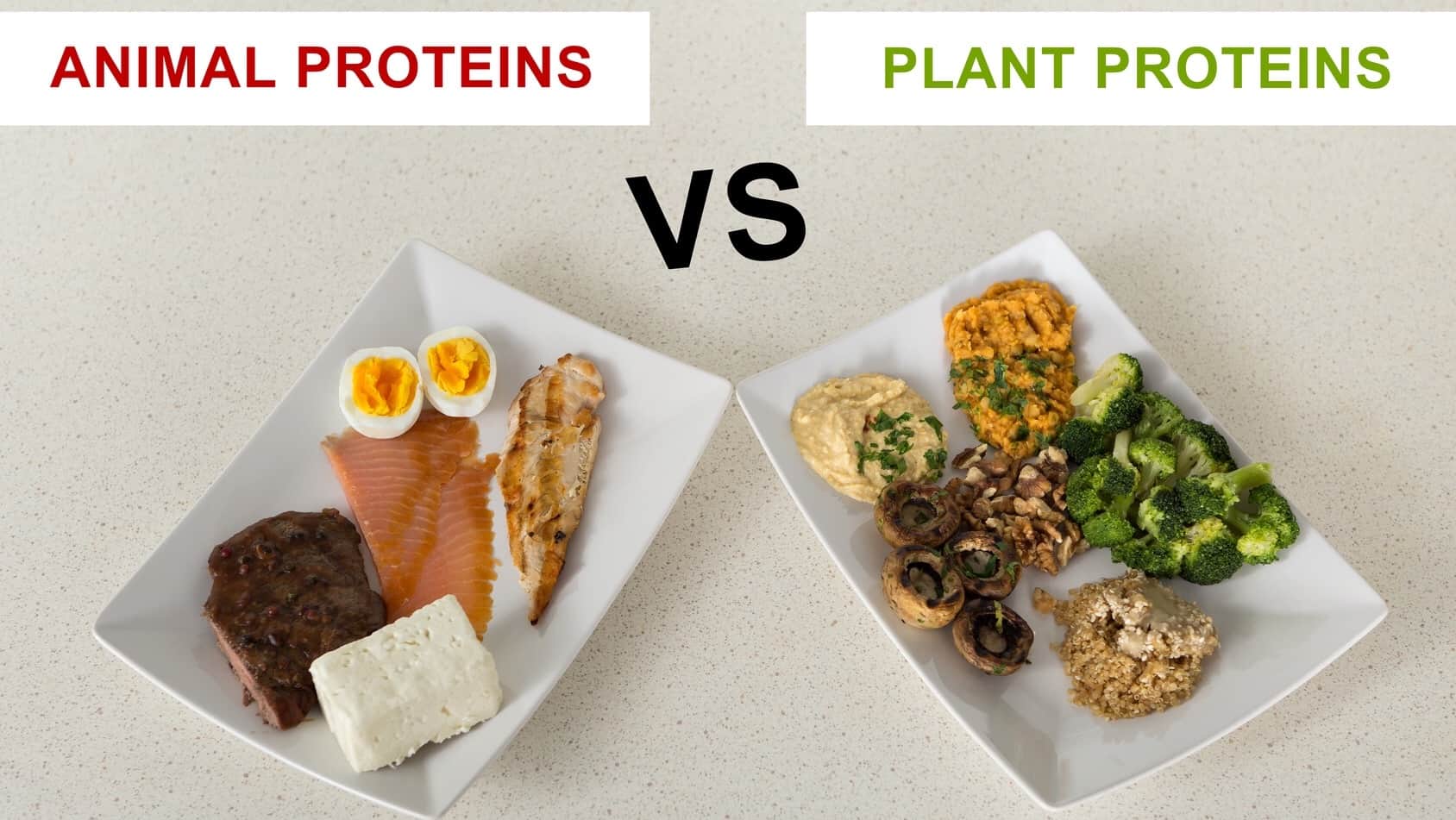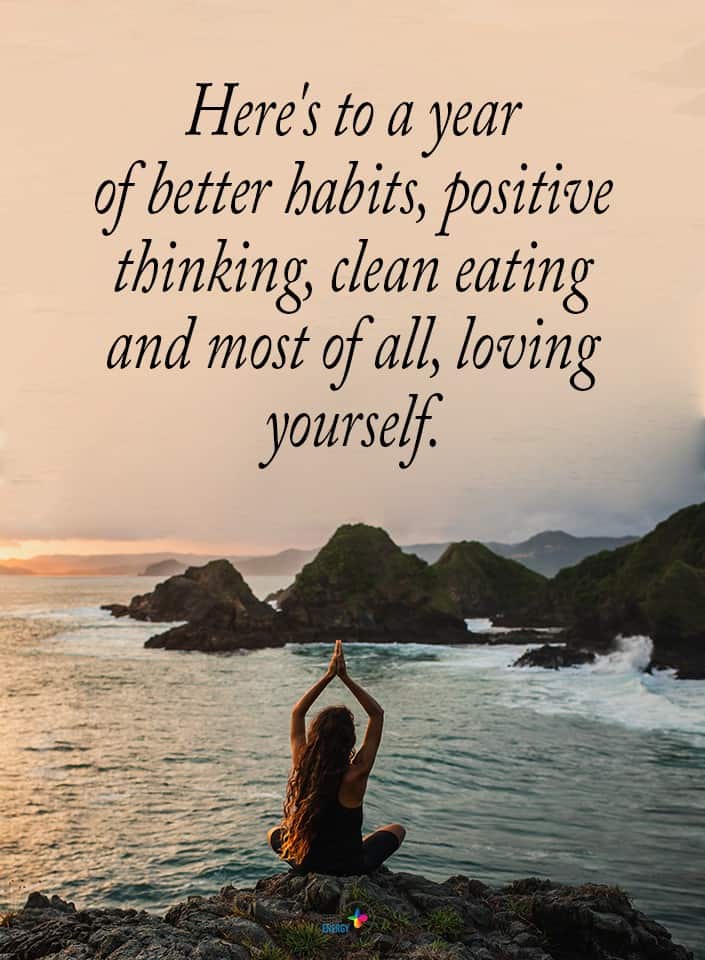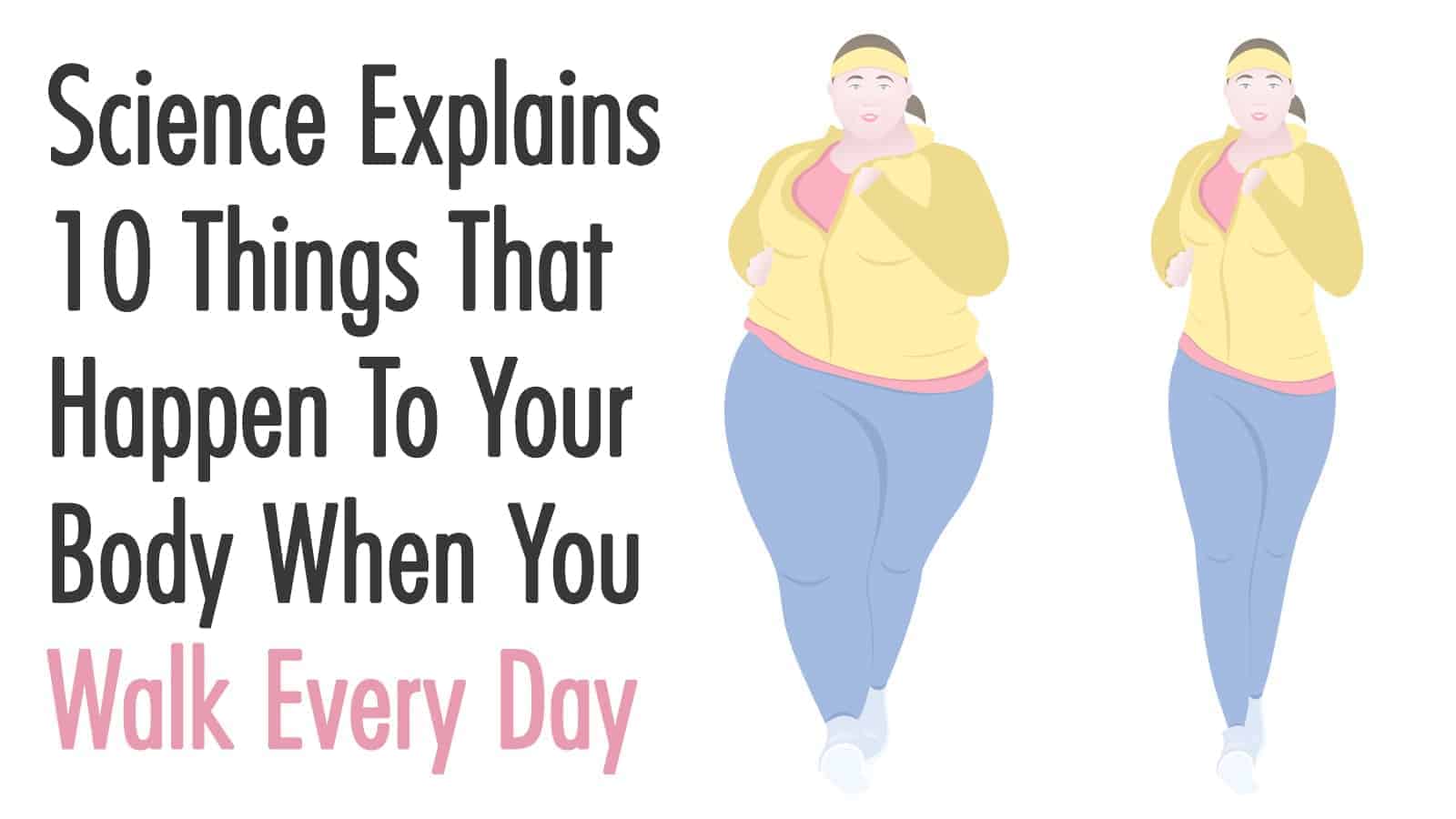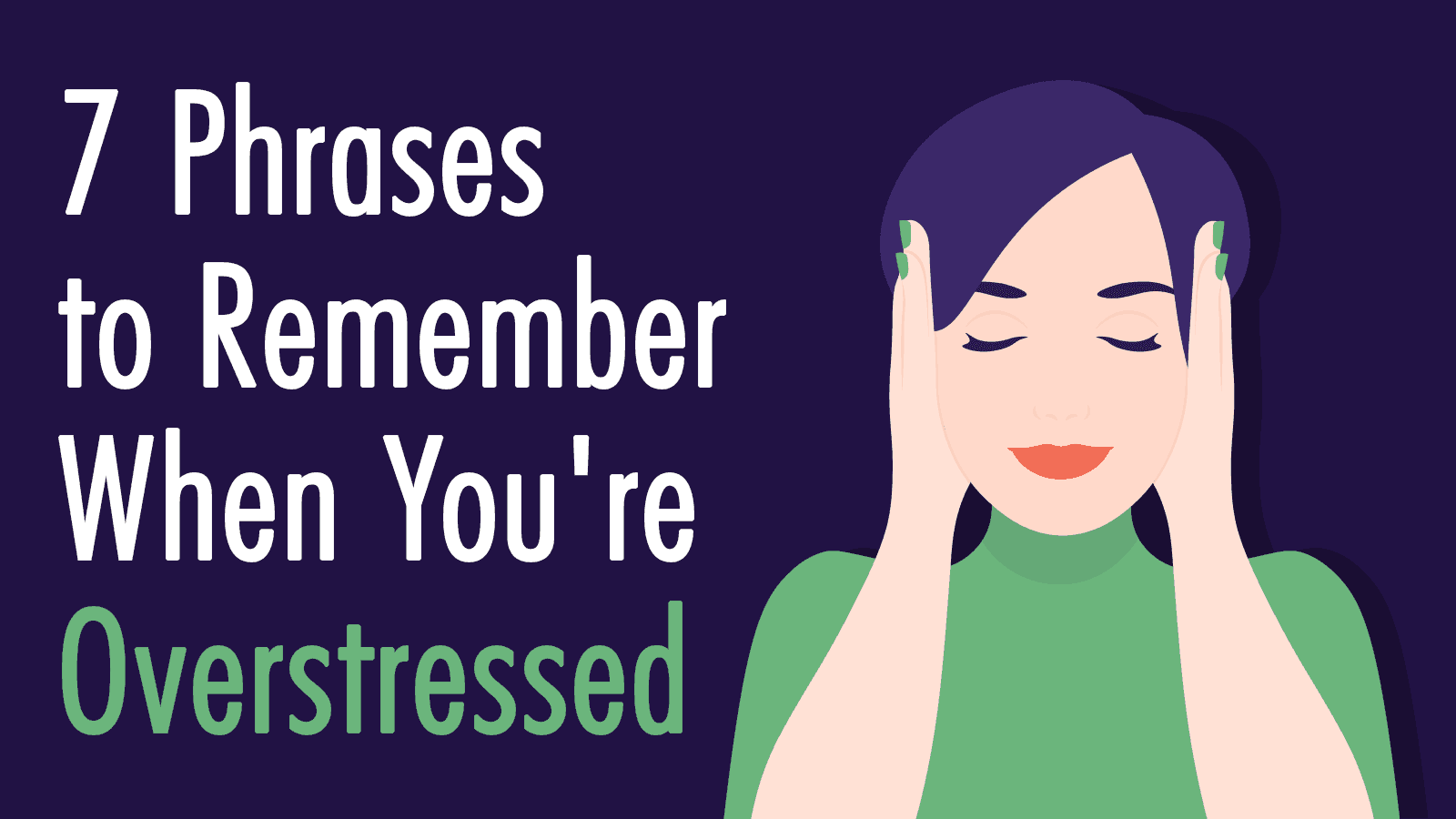Positive affirmations aren’t like the motivational quotes that you see all over Facebook and Twitter. Instead of trying to inspire you with grand statements, affirmations are often simple, self-directed things. They remind you that you’re good enough. They assure you that you can reach your goals.
Affirmations are especially handy if you’re trying to make something happen in your life. Whether it’s finding a job, starting your own business or just improving your efficiency at the office, affirmations can give you the power that you need to succeed.
Are you ready to embrace positive and productive thoughts? Are you open to this experience? Let’s get started.
Here are some positive affirmations that will help you achieve your goals:
1. “I have a plan of action to achieve my dreams.”
It doesn’t matter if your dreams are far away. It doesn’t matter if they’re still in the early “blueprint” stages. As long as you’re taking action to turn them from idle daydreams into real-world goals, you’re on the path to success.
2. “I am in charge of how I feel, and today, I am choosing happiness.”
Have you heard the story of the little boy and the two wolves? One was made of joy, gratitude and acceptance, and the other consisted of anger, greed and envy. When the little boy asked his grandfather which wolf was stronger, the grandfather replied, “The one you feed.”
3. “I am in the process of becoming the best version of myself.”
Some positive affirmations ask you to believe in yourself right away: “I am smart. I am special.” However, there’s also value in affirmations that are forgiving if you’re still a work in progress.
4. “My mind is like water. I will change and adjust as needed.”
Don’t dwell on your mistakes. Don’t get caught in the quicksand of old, outdated ideas. Open yourself up to change, especially when it relates to your career, and see what can happen when you’re willing to adapt.
5. “I recognize my own self-worth.”
This is a positive affirmation about success that acknowledges the fact that other people can be jerks. They might not realize your worth. As long as you do, however, you’ll stay on the right track for growth and accomplishment.
6. “I am solution oriented. All problems are solvable.”
A study from the Association for Psychological Science (APS) has shown that self-affirmations can improve our performances at work and school (1). They make us receptive to our mistakes and eager to fix them, so we’re better equipped to both recognize and move on from failure rather than wallowing in it.
7. “I can handle anything that comes my way.”
Think about it: You’ve survived everything that life has thrown at you so far. Why shouldn’t you be able to apply your grit and perseverance to future challenges as well? Believe in your ability to cope with tomorrow.
8. “My goals are getting closer to completion every day.”
Drink a cup of coffee. Cross something off your to-do list. Print your favorite positive affirmation about success and hang it on your wall. You’re making progress on your goals every day.
9. “I learn from the past, live in the now and plan for the future.”
It’s important to balance all three “tenses” in your life. You don’t want to get caught up in the ghosts of yesterday, but you don’t want to live with your head in the clouds of tomorrow, either. A well-balanced life accounts for both what’s ahead and what’s behind.
10. “I am rich in many ways that don’t require money.”
Your bank account might not look like Mark Zuckerberg’s, but there are other ways that you can enjoy wealth and abundance. Whether it’s the love of family or the satisfaction of a job well done, these feelings of fulfillment can nourish you and keep you moving towards your goals.
11. “I’m in control of how I react to others.”
You can’t always control how you feel, especially around a frustrating boss or willfully ignorant colleague. However, you do have control of whether or not you let these feelings dictate your actions.
12. “I let go of all that no longer serves me.”
Are your negative feelings helping you move forward? Or are they just holding you back? Let positive affirmations guide you towards a happier, more successful future where you’re able to let go of unproductive mindsets.
13. “I teach others to believe in me by believing in myself.”
You teach people how to treat you. By greeting challenges with energy and enthusiasm, you can instill the belief in your friends and colleagues that you’re a capable go-getter, and their confidence in you will bolster your own.
14. “I have the power to create change.”
You don’t have to be stuck in a rut. You can change your circumstances if you’re willing to work hard and accept the power within yourself to make things happen. This positive affirmation about success can lead the way.
15. “I am not a product of my circumstances. I am a product of my decisions.”
You are not your past. You are not your environment. Instead, you are the result of the blood, sweat and tears that you pour into self-improvement, so keep your eyes trained on the future and keep going.
16. “I can let go of old, negative beliefs that have stood in the way of my success.”
You’ll find that many positive affirmations are focused on adaptability. This is because the world is constantly changing, and people’s beliefs and value systems tend to change with it. Don’t be afraid to start over with a new mindset.
17. “I am constantly improving.”
Who cares if you’re not perfect? You’re getting better every day, and that’s what really counts. As long as you’re willing to keep walking on the path to success, you’ll reach the finish line at some point.
18. “I can never fail. Everything that happens contributes to me being better.”
The summit of success is often riddled with pitfalls. You’ll need to learn how to overcome them if you want to reach the top. Everything is a learning experience.
19. “I have great ideas and make great contributions.”
This is one of those good old-fashioned positive affirmations. It doesn’t try to be creative or say anything extraordinary. It just reminds you that you’re a worthwhile person with worthwhile ideas.
20. “Success is in my future.”
Studies have shown that positive visualization can improve cognitive function in the brain (2). If you see yourself achieving things, you make it more likely that you’ll actually succeed. Your brain will be hard-wired for it.
21. “My every desire is achievable.”
Think of the biggest, craziest dream that you can imagine. Then, realize that you can make it happen. It’s within your power to construct your own future. Isn’t it exhilarating?
22. “I will be open-minded and always eager to explore new avenues to success.”
This is a positive affirmation about success that will help you overcome feelings of doubt and indecision. Even if you didn’t anticipate going down a particular path, it’s important that you’re willing to embrace it as a new and potentially successful one.
23. “Success for me is an ongoing process. After one success, I focus on another.”
You got the promotion, launched the product, or beat your monthly sales goal. Don’t get complacent! Once you realize your limitless potential, you’ll want to keep your momentum going and accomplish the next thing on your list.
24. “The better you feel, the better you attract.”
We’re often defined by the company that we keep. If your friends aren’t feeding into your positive, transformative energy, it might be time to make new acquaintances. A good support system can make all of the difference in your life.
25. “I will not compare myself to strangers.”
This is a great positive affirmation about success when you feel like you’re lagging behind your peers. Everyone does things at their own pace. You’ll gain nothing by comparing your progress to other people.
26. “I refuse to give up because I haven’t tried all possible ways.”
There’s a famous saying by Thomas Edison: “I have not failed. I’ve just found 10,000 ways that won’t work.” Instead of regretting your setbacks, try to re-frame your thinking and turn them into opportunities for growth.
27. “I was born to be successful. It is my natural state of being.”
Don’t be afraid to be a little cocky with your positive affirmations. They’re in your head. No one else can hear them. It’s okay to be brazenly confident.
28. “I am making better decisions every day.”
Are you struggling to meet your goals? Don’t beat yourself up if your progress is slow. Whenever you make good decisions, you’re improving your life one day at a time. Incremental success is still success.
29. “I’m allowed to take up space.”
This mantra can be particularly helpful for women. We’re often socialized to shrink and make room for other people because it’s “polite,” but in reality, we’re just letting them squeeze us out of meetings and conferences. Try planting yourself in the room next time. Dare to take up space.
30. “I’m going to make myself proud.”
Have you ever accomplished a goal or had a dream come true? Do you remember that warm, glowing feeling that started in your chest and spread throughout your entire body? You can make yourself prouder than anyone else.
31. “I can. I will. End of story.”
There’s nothing more to be said.
Final Thoughts on Positive Affirmations
Positive affirmations aren’t magic spells. They won’t make good things happen to you. However, they can improve your joy, gratitude, confidence and self-worth to the point where you naturally attract success. So, at the end of the day… maybe they are a little bit magic.





